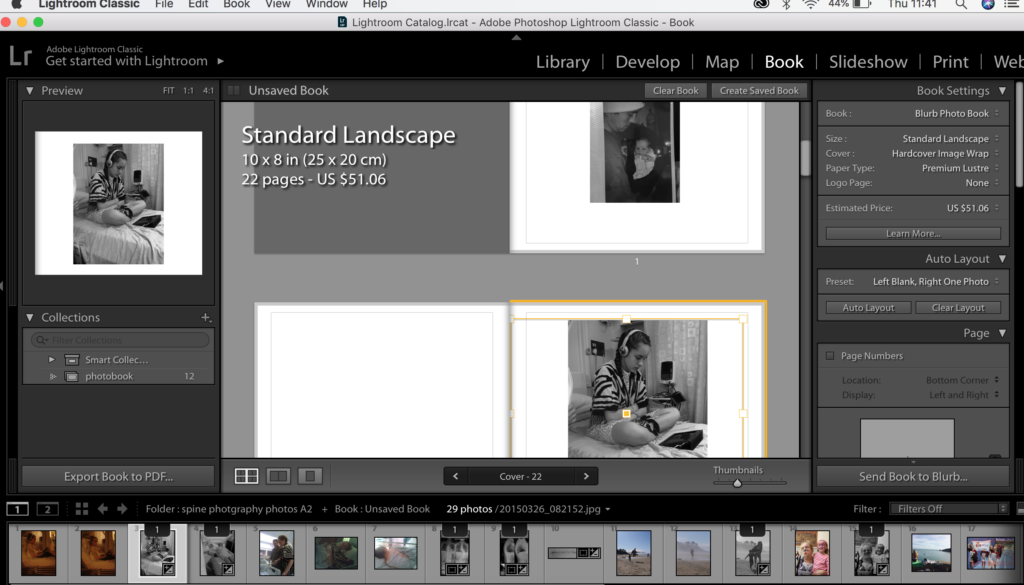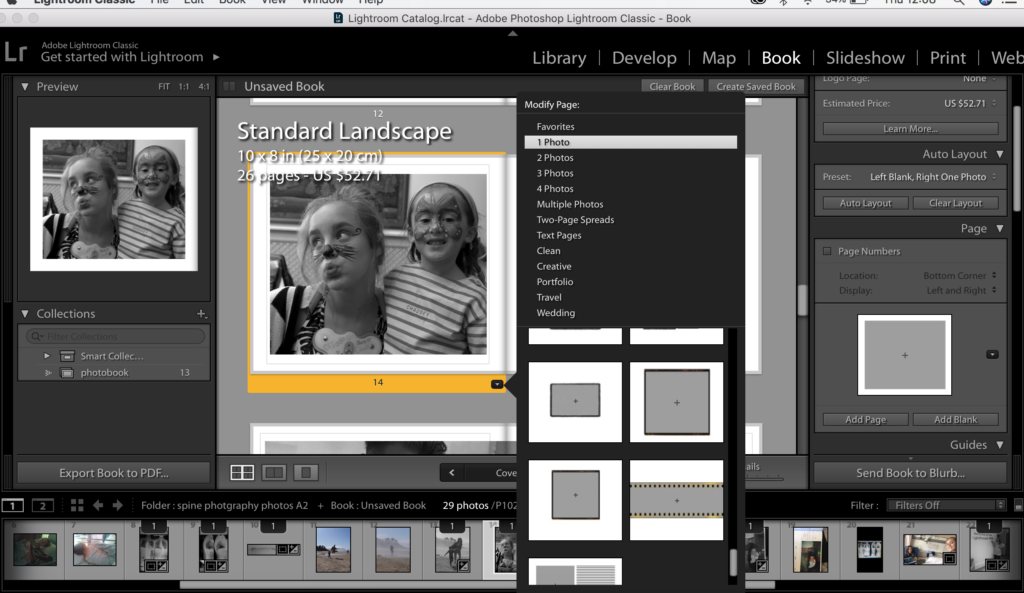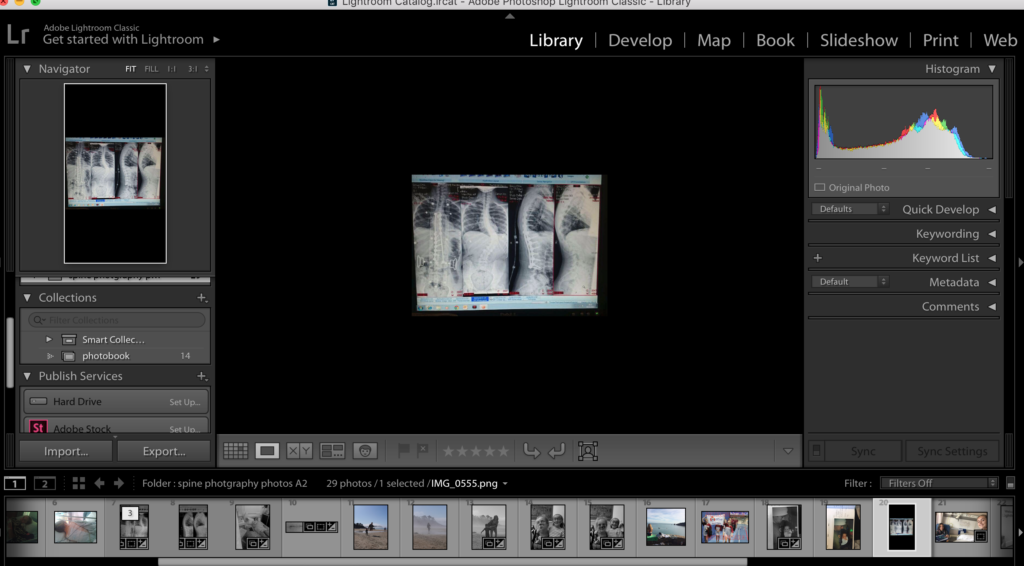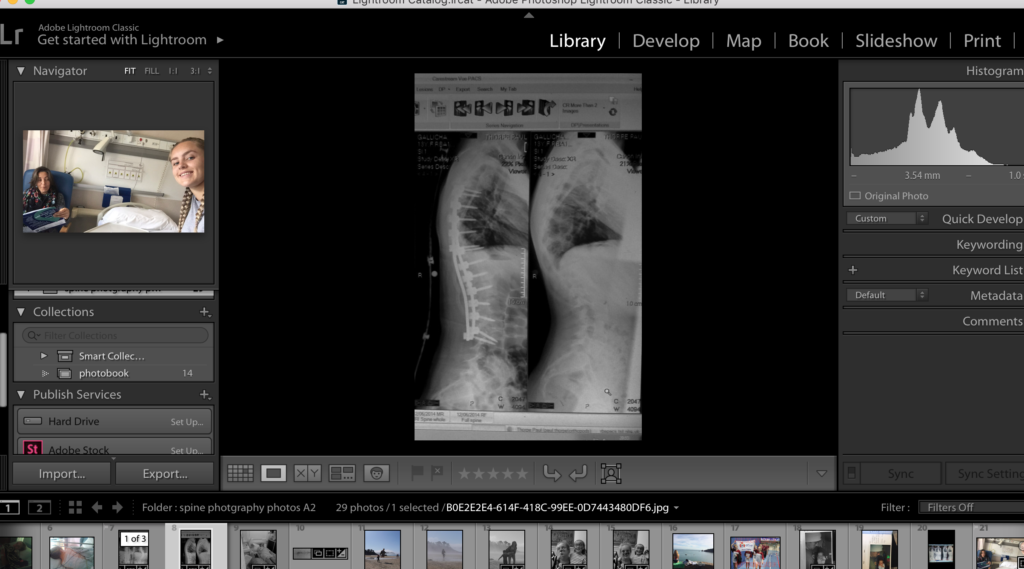Yoshikatsu Fujii, born and raised in Hiroshima City. He began photography work in Tokyo in 2006. His photographic works often deal with historical themes and memory lingering on in contemporary events. His works were exhibited at the several festivals.
Fujii’s project “Red String,” was highly inspired by his parents’ divorce, produced a hand-made limited edition photobook. Nominated for several awards, including the Paris Photo-Aperture Foundation Photobook Awards. The book has been named as one of the best photobooks of 2014 by contributors to numerous publications including TIME magazine.
Since then, in 2015 he moved back to his hometown Hiroshima from Tokyo to engage in his long-term research project called “Hiroshima Graph.” Seen through the eyes of a third generation atomic bomb victim in Hiroshima city, the photo series attempts to shed new light on the disappearing traces from the war, so as to pass it on to the future generation.
Fujii has 3 main Photographical books out of his career available to the public which are : The Red string (handmade original Edition) , Independant Strangers, The Red string Trade edition.



His project “Red String,” was highly inspired by his parents’ divorce and produced a hand-made photobook for a limited copy of 35 editions. He was nominated for several awards including the Paris Photo-Aperture Foundation Photobook Awards. The book was also selected by TIME magazine as one of the Best Photobooks of 2014. In 2015, it was part of the permanent collection at The Museum of Modern Art in New York Library and the New York and Italy based publisher Ceiba foto printed a trade edition in 2016.
Yoshikatsu Fujii wrote about his book and his work and the reasons behind it this is what he said: “I received a text message. “Today, our divorce was finalized.” The message from my mother was written simply, even though she usually sends me messages with many pictures and symbols.I remember that I didn’t feel any particular emotion, except that the time had come. Because my parents continued to live apart in the same house for a long time, their relationship gently came to an end over the years. It was no wonder that a draft blowing between the two could completely break the family at any time.In Japan, legend has it that a man and woman who are predestined to meet have been tied at the little finger by an invisible red string since the time they were born.Unfortunately, the red string tying my parents together came undone, broke, or perhaps was never even tied to begin with. But if the two had never met, I would never have been born into this world. If anything, you might say that there is an unbreakable red string of fate between parent and child.Before long, I found myself thinking about the relationship between my parents and I. How many days could I see my parents living far away? What if I couldn’t see them anymore? Since I couldn’t help feeling extremely anxious about it, I was driven to visit my parents’ house many times.Every day I engage in awkward conversation with my parents, as if in a scene in their daily lives. I adapt myself to them, and they shift their attitude toward me. We do not give way entirely to the other side, but rather meet halfway.
Indeed family problems remain unresolved, although sometimes we tell allegorical stories and share feelings. It means a lot to us that our perspectives have changed with communication.My family will probably never be all together again. But I feel without a doubt that there is proof inside of each of us that we once lived together. To ensure that the red string that ties my family together does not come undone, I want to reel it in and tie it tight.”
The first time that we open Red String, we are confronted with two snapshots. On the left, a young father, sitting on a concrete embankment by the water, gives us an inquisitive look while holding what appears to be his newborn child. On the right, a smiling mother, sitting on the same embankment by the same body of water, holding the same child.
As the snapshot aesthetic hints, these are memories. A glimpse into the past, when things were whole. But even at that early moment, the separation was evident. Already the mother and father were apart and the baby split between them.
What follows on the inside of this wonderfully constructed artist’s book is a reconstructed journal of this separation. An attempt to make whole that which was (and remains) broken. Flipping through the two sections simultaneously, we see fragments of that which was: wedding portraits, family photos, snapshots from youth
and so on. In the words of the artist, Yoshikatsu Fujii, “My family will probably never meet all together again. But I can feel without a doubt that there is still proof inside each of us that we once lived together.”
As Fujii explains in the text at the back of the book, there is a Japanese legend that says predestined lovers are tied together by an invisible piece of red string, from the moment they are born. While that red string between his mother and father was apparently sundered, Fujii offers his Red String as a way to bind these losses back together.
Thus, the structure and layout of the book, combined with the fascinating mix of photos (old, new, black and white, color, abstract) blend together perfectly, offering an intimate artistic experience. It is exactly the kind of experience that is the unique province of this ever-changing, but loosely bound together thing we call the photobook.







